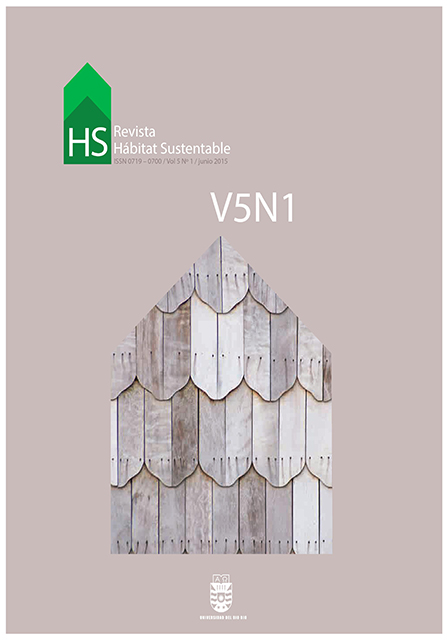The building envelope and its influence on natural lighting
Keywords:
Natural lighting, energy savings, visual comfortAbstract
The high electricity consumption recorded in some buildings in Latin American cities is increasingly apparent and has become a strategic priority in official energy efficiency programs. In order to save energy in buildings without interfering with visual activities that require specific lighting levels, it is necessary to take into account not only the amount, but also the quality of lighting that has an impact on workplaces. This article sets out the results of the evaluation of different glazing materials considered as alternatives for building envelopes. The experiment was conducted in the Habitat Sciences Laboratory (LASH) at the National School of Public Works (ENTP) in Lyon, France, in the spring of 2010. A transverse, sequential methodology was used with the main objective of analyzing said glazing materials and physical models in simulated environments, to obtain results that differentiate their utilization in spaces with varying uses: from those that need a certain minimum percentage of daylight factor, to those that require special visual details for the accomplishment of specific tasks. Subsequently, the results of different materials were compared. The parameters mentioned were obtained through an analysis of the distribution of light and photometry of finishes on walls, floors and ceilings.
Downloads
Downloads
Published
How to Cite
Issue
Section
License
The content of articles which are published in each edition of Habitat Sustentable, is the exclusive responsibility of the author(s) and does not necessarily represent the thinking or compromise the opinion of University of the Bio-Bio.
The author(s) conserve their copyright and guarantee to the journal, the right of first publication of their work. This will simultaneously be subject to the Creative Commons Recognition License CC BY-SA, which allows others to share-copy, transform or create new materials from this work for non-commercial purposes, as long as they recognize authorship and the first publication in this journal, and its new creations are under a license with the same terms.











 Scientific Information Program/Concurso Fondos de Publicación de Revistas Científicas 2018/ Proyecto Mejoramiento de Visibilidad de Revistas UBB (Código:FP180007).
Scientific Information Program/Concurso Fondos de Publicación de Revistas Científicas 2018/ Proyecto Mejoramiento de Visibilidad de Revistas UBB (Código:FP180007).





